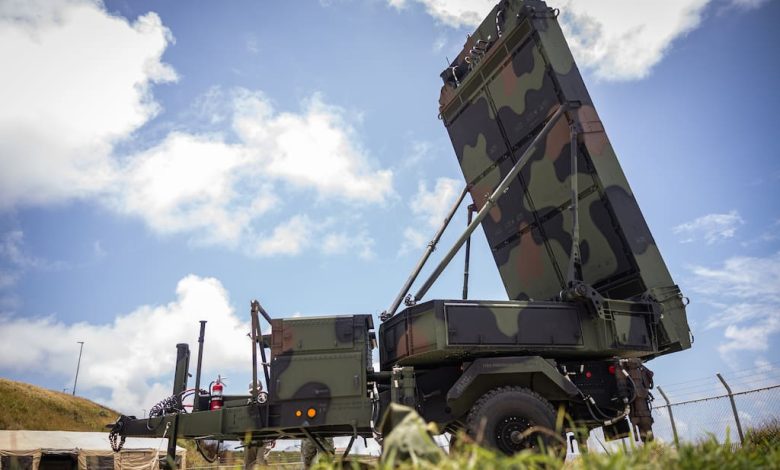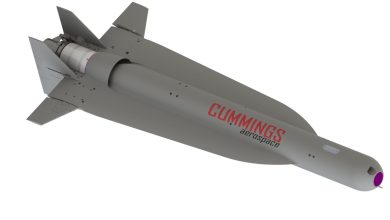US Marines and Japanese military put new radar on Taiwan’s doorstep

With the help of the Japanese military, Marines have deployed one of their newest radar systems to a small island within 70 miles of Taiwan, the closest Japanese territory to the island.
Marines with the 12th Marine Littoral Regiment used a Japanese Self-Defense Force C-2 cargo plane to transport the TPS-80 Ground/Air Task Oriented Radar, or G/ATOR to the island of Yonaguni on July 29.
Yonaguni is the last in a string of islands that are part of Okinawa, which is home to 18,000 and another 7,000 U.S. Air Force personnel, according to the Marine Corps.
Troops deployed the radar as part of training with enhanced sensing and targeting data between 12th MLR and the Japanese military during Exercise Resolute Dragon, the Marines said. The exercise served as a test of readiness between partner nation units and their technology.
This year’s iteration was the fourth in the exercise’s history and has seen 3,000 Marines and sailors from III Marine Expeditionary Force train alongside their Japanese counterparts.
Lt. Col. Joseph Mozzi, the regiment’s fire support coordinator, said the radar and transport capability “will significantly boost multi-domain operations and overall battlespace awareness,” that allows for full-scope detection and tracking of air, land and sea targets.
RELATED
G/ATOR combines the capabilities of five legacy systems to provide air and ground surveillance, as well as weapons control, in a single piece of equipment, Defense News previously reported.
The multi-mission radar system initial contract was awarded to Northrop Grumman in 2019 for $958 million. The aim was to provide Marines with real-time, “360-degree situational awareness to identify and track missiles, manned and unmanned aircraft vehicles, rockets, mortars, and artillery fire,” Defense News reported.
The contract allowed for the Corps to procure up to 30 radar systems, which the service completed in fiscal year 2023.
In 2023, Northrop announced an enhancement upgrade to the radar system to extend its detection and tracking ranges.
In their most recent budget request for fiscal year 2025, the Corps asked for $4.2 billion in procurement for ground systems and another $3 billion for research and development, according to budget documents.
The G/ATOR upgrade effort is expected to cost $51.3 million total, according to budget documents.
The 12th MLR was re-designated out of the 12th Marine Regiment, an artillery unit, in November, Marine Corps Times previously reported.
It is the second of three planned MLRs that the Corps has slated for the Pacific region. The 3rd MLR was borne from the 3rd Marine Infantry Regiment in March 2022 and calls Marine Corps Base Hawaii home.
The next littoral regiment is scheduled to launch in 2025 and be based out of Guam, filled by rotational units from the U.S. mainland, according to a 2023 Congressional Research Service report.
Once fully kitted out, the regiments will have their own naval ship interdiction system, a Joint Light Tactical Vehicle-mounted Naval Strike Missile; an MQ-9 Reaper drone; the G/ATOR radar system and a yet-to-be-determined shore-to-shore watercraft likely based on concepts being developed in the landing ship medium program, formerly called the light amphibious warships.
Regiments are expected to have between 1,800-2,000 Marines and Navy medical and support personnel and be able to operate as distinct, task-organized units as small as a handful of Marines or up to a battalion or larger.
Todd South has written about crime, courts, government and the military for multiple publications since 2004 and was named a 2014 Pulitzer finalist for a co-written project on witness intimidation. Todd is a Marine veteran of the Iraq War.







